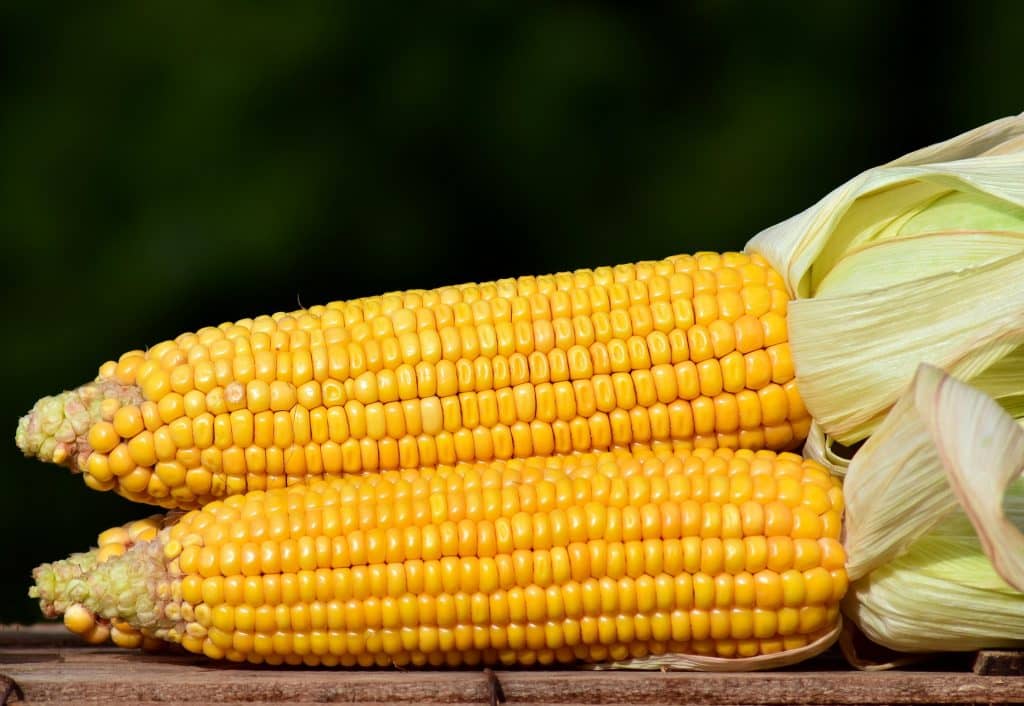Porto Alegre, June 8, 2021 – With very high prices, the Chicago Board of Trade (CBOT) sought an inversion or readjustment of price levels. In fact, prices came close to the 2012 levels, without a fait accompli such as a decline in production. So, two variables started to make up the volatility, besides the natural seasonality of the climate: buying actions by China and private estimates for the planted area to be released on the 30th. With planting advancing within a good window and having the month of May with the weather close to normal in much of the Midwest, the market looked for steadier price levels. However, daily volatility remains aggressive, now focusing on the weather in June, which started to indicate a strong heat wave and less rain.
After an important bullish movement in 2021, in the first five months of the year, with the May expiration on the CBOT reaching significant USD 7.50/bushel, the international corn market looked for correction. The rally was centered on a Chinese purchase movement of US corn, whose total purchased volume still seems unclear. However, it was not a high due to production losses, as in 2012, or an exaggerated cut in stocks, since 30 million tons are still safe stocks in the United States.
However, with prices also very high for soybeans, the doubt about the cultivated area in 2021 in the Midwest, as well as the progress of the wheat harvest in Russia and Ukraine, began to gain space in the international market. The planting intentions culminated in our expectations, that is, a stable area or with little growth for corn and some growth for soybeans. However, the figures were far below what some private agents in the US had projected. This accelerated the rally in April and May.
Now, with planting reaching 95% of the area projected by USDA, with 76% of crops in good to excellent condition, and a regular climate in most of the Corn Belt, the market is trying to focus on settling down prices aiming at a potential full crop. In parallel, the bias of the private sector, or part of it, focused on an area much larger than that projected in March, with 91.1 million acres, accelerates this attempt to send prices lower. We do not know in which region US growers could find such available area for an increase in corn and soybeans. The University of Illinois, last week, released a study pointing to the rationale, that is, there are possibilities of some area gain, of 500 thousand acres for corn and one million for soybeans. This is rational and possible in an environment without agricultural frontiers. However, can the area grow more than that? Of course, in poor and higher risk areas, which would lead USDA to revise the productivity potential downward. Thus, until next June 30, private estimates will continue to balance the psychological factor of the market, which will be defined only by the USDA’s data.
The other point is the attempt to reduce the ‘China’ factor in the US corn market. On the Chinese side, the government imposed restrictions on the participation of individuals in the operations of the Dalian Stock Exchange, based on the thesis that these investors cause exaggerated hikes rather than the lack of corn in the local market or the absence of information about stocks. It also announced there will be control of the flow of corn imports by consumers in the center-south of the country, an attitude that would be contrary to the government’s attempt to supply its market with alternatives such as rice and wheat for animal feedstuff. Amid this, China made large purchases of US corn of the new crop, with shipments from September, and suggested that by then it would be supplied.
This movement began to settle down the CBOT contracts of the old crop, July and September, suggesting that China would not need new international purchases in the short term. The wheat crop in Russia and Ukraine is also advancing under normal conditions and reassuring the global wheat supply.
The surprise at the close of last week was the Midwest weather. Many models were pointing to normal to above normal rainfall for June. However, the NOAA daily updated models showed an important change. Now, for the next 15 days, there is a strong heat wave reaching the entire Midwest, and the rainfall will be sharply cut, remaining strong in the south and east of the Midwest, but in the drought belt in the west and north, the situation could worsen again. June is a month of crop development, and soybeans are still in their final planting stage. Corn at full vegetative development. Until August/September, the weather will guide this price environment on the CBOT, and we will be at the mercy of this weather volatility. This year’s sensitivity is more aggressive in this period of local definition, regardless of another factor.
Agência SAFRAS Latam
Copyright 2021 – Grupo CMA

